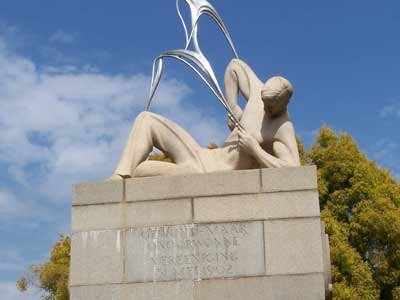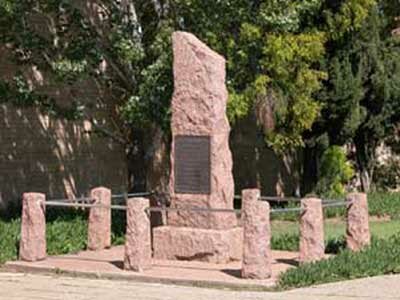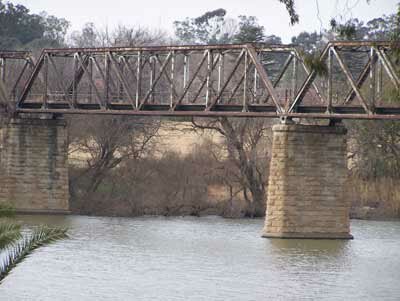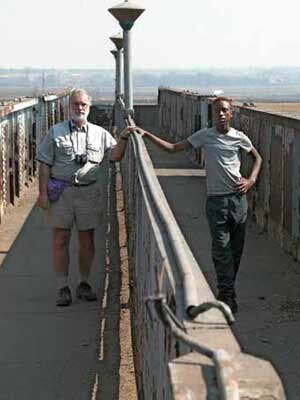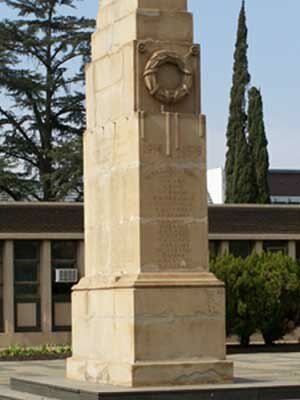
Vaal Triangle History
Peace Negotiations
William Stow
Vereeniging Estates
Viljoensdrift
Vaal Dam
Klip Power Station
Coal
1935
Sharpeville
Preface

Peace Negotiations
William Stow
Vereeniging Estates
Viljoensdrift
Vaal Dam
Klip Power Station
Coal
1935
Preface
Sharpeville
Vaal Triangle History
Power
The growth of industry in the Vaal Triangle required power. Marks agreed to supply land, coal and water for the erection of a power station on the Transvaal bank of the Vaal River next to Leslie’s Weir, and in 1912, the Vereeniging Power Station came into operation. It was to expand to four times its original size over the years and at one point, enjoyed the status of being the biggest power generation plant in the British Empire.
The Victoria Falls and Transvaal Power Company built a further four power station in the region to exploit its abundance of coal and water. These were, the Klip Power Station in 1936, the Vaal Power station in 1945, the Taaibos station in 1948 and finally the Highveld Power Station in 1959. The complex had a total combined maximum generating capacity of 1813 megawatts. Financing of the Vaal and Taaibos power stations was through the Electricity Supply Commission (Escom), a public utility established in 1922. Escom took over the VFP Company in 1948. None of these power stations are in existence today as a new power station, Lethabo, came into full production in 1990 with a generating capacity double that of the earlier five combined. The Lethabo power station can produce enough electricity to power three cities the size of today’s Johannesburg. It consumes 40,000 tons of coal per day and provides 9.5% of the country’s electricity needs.
